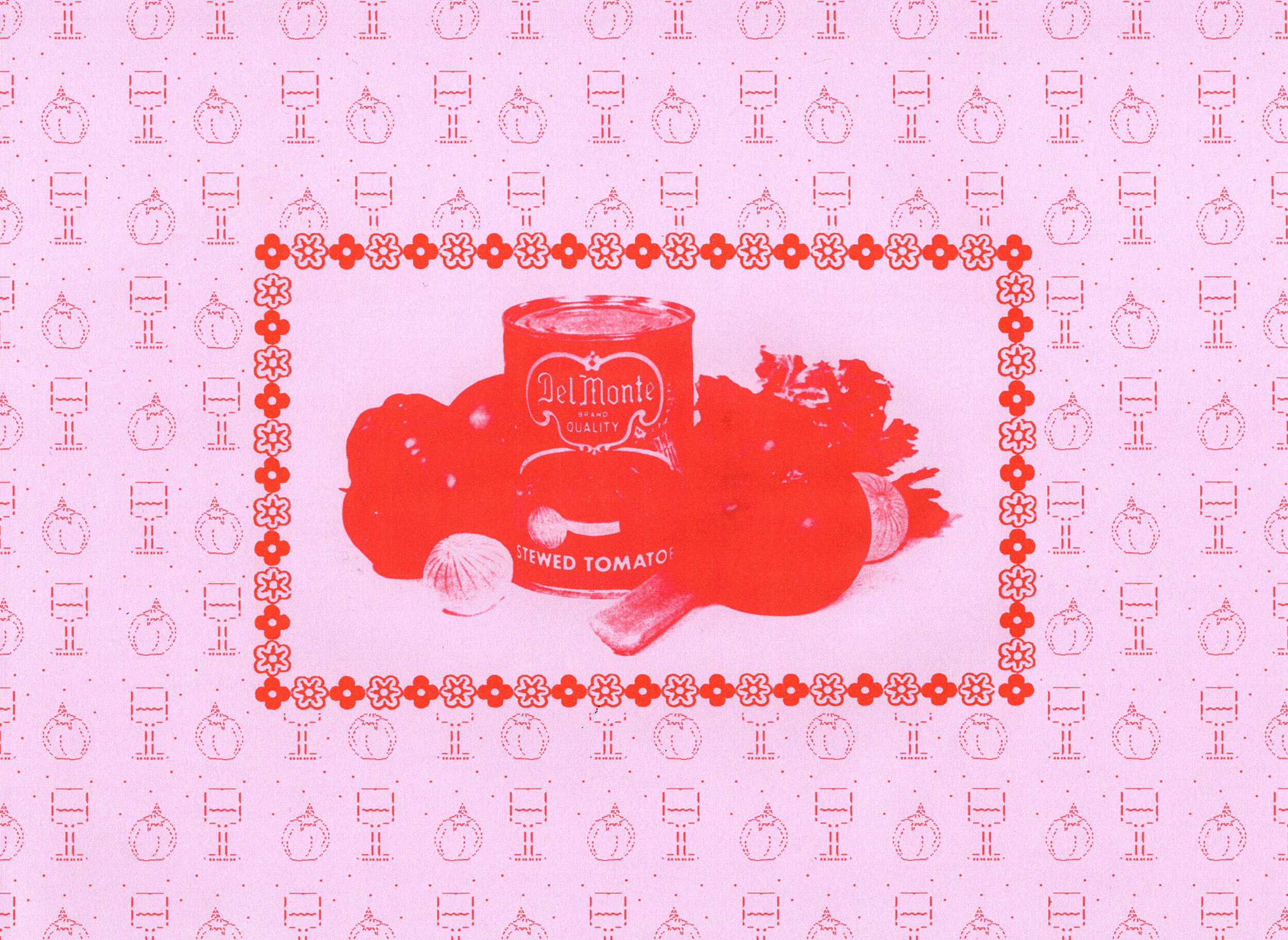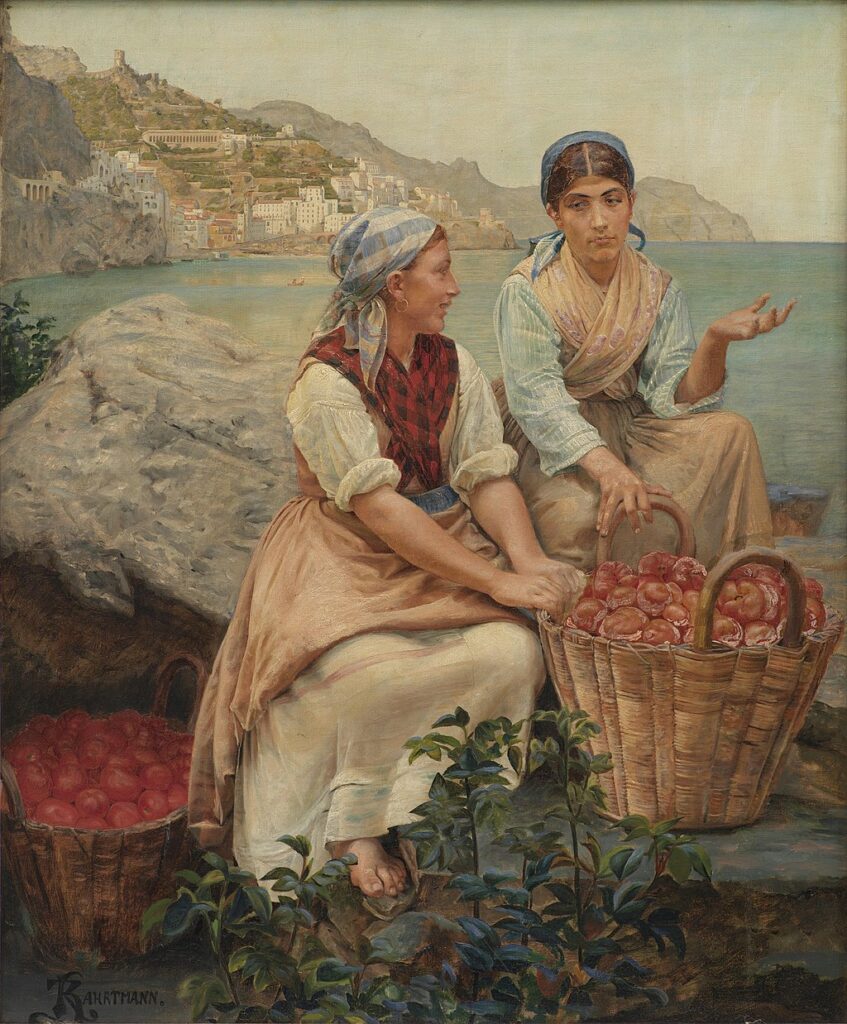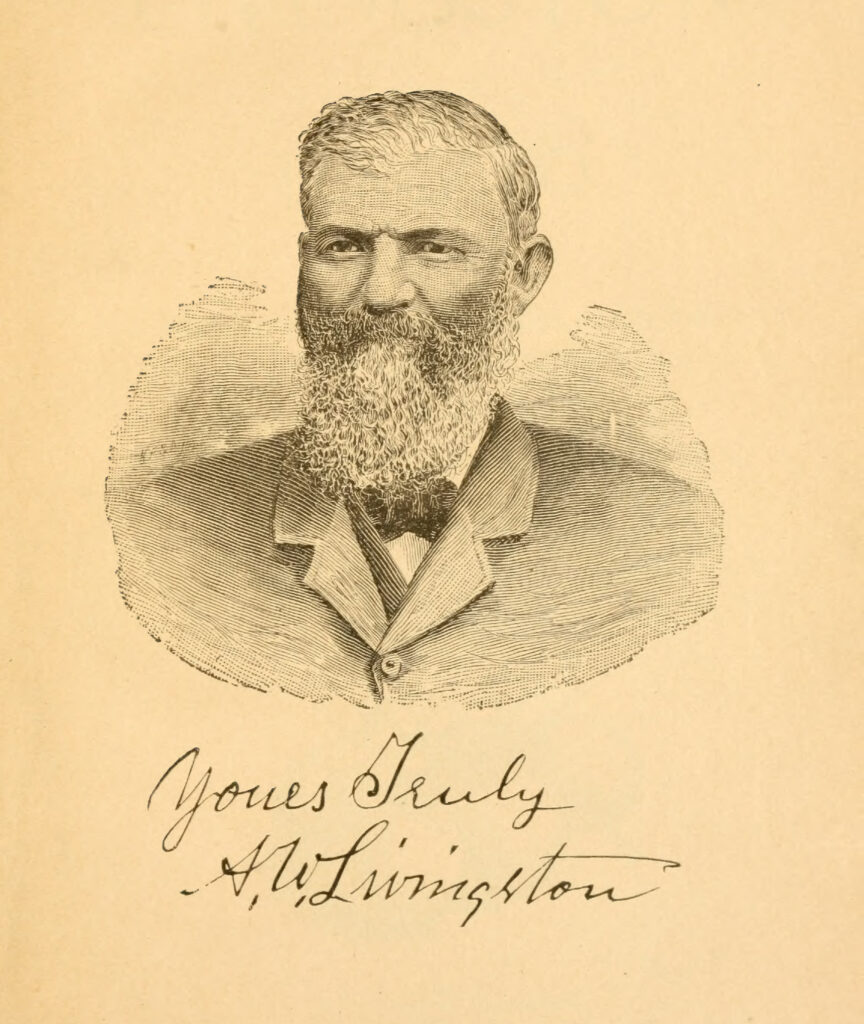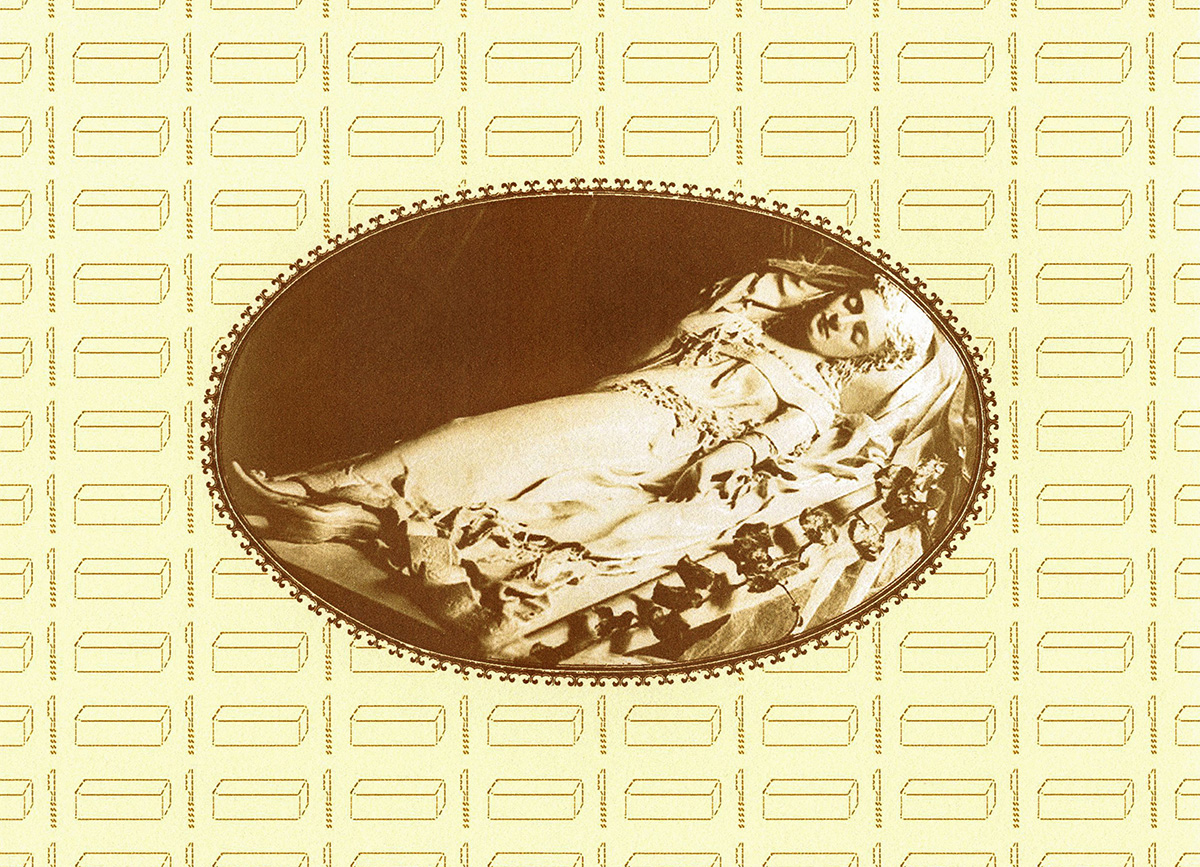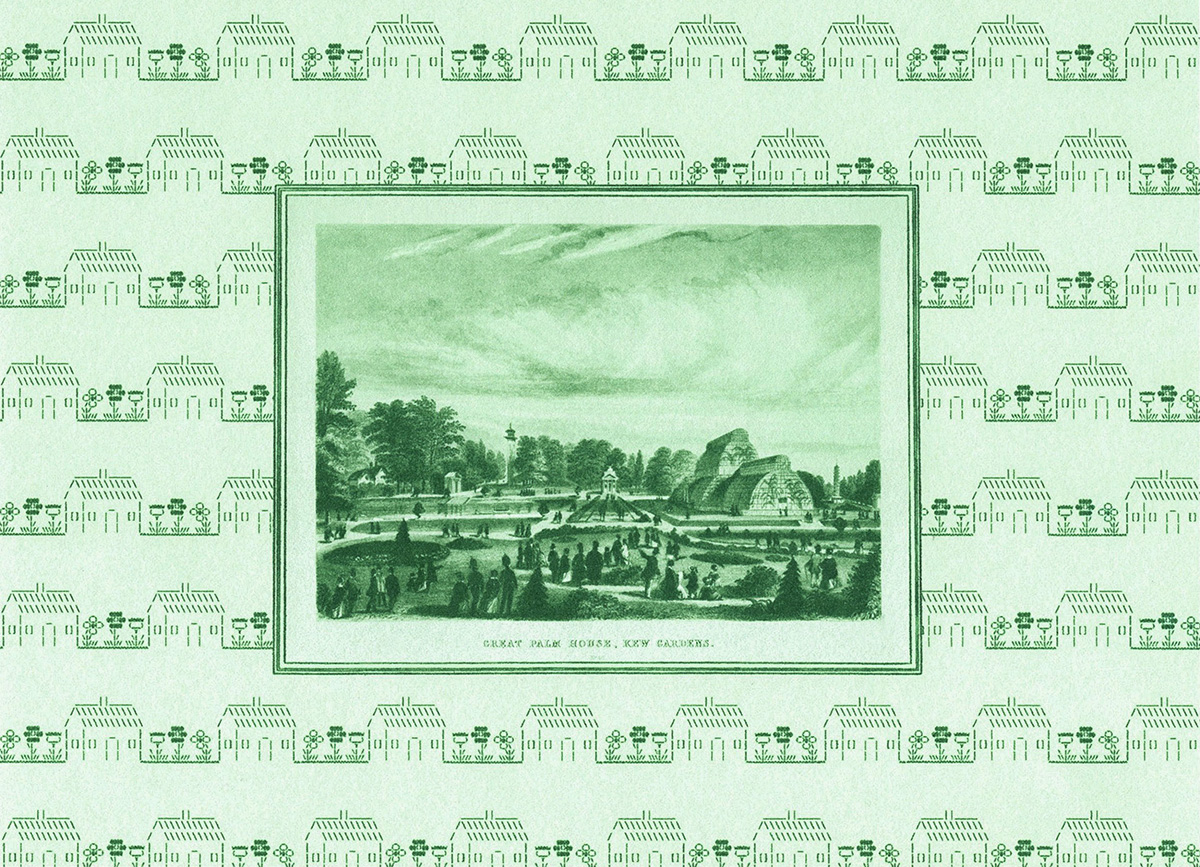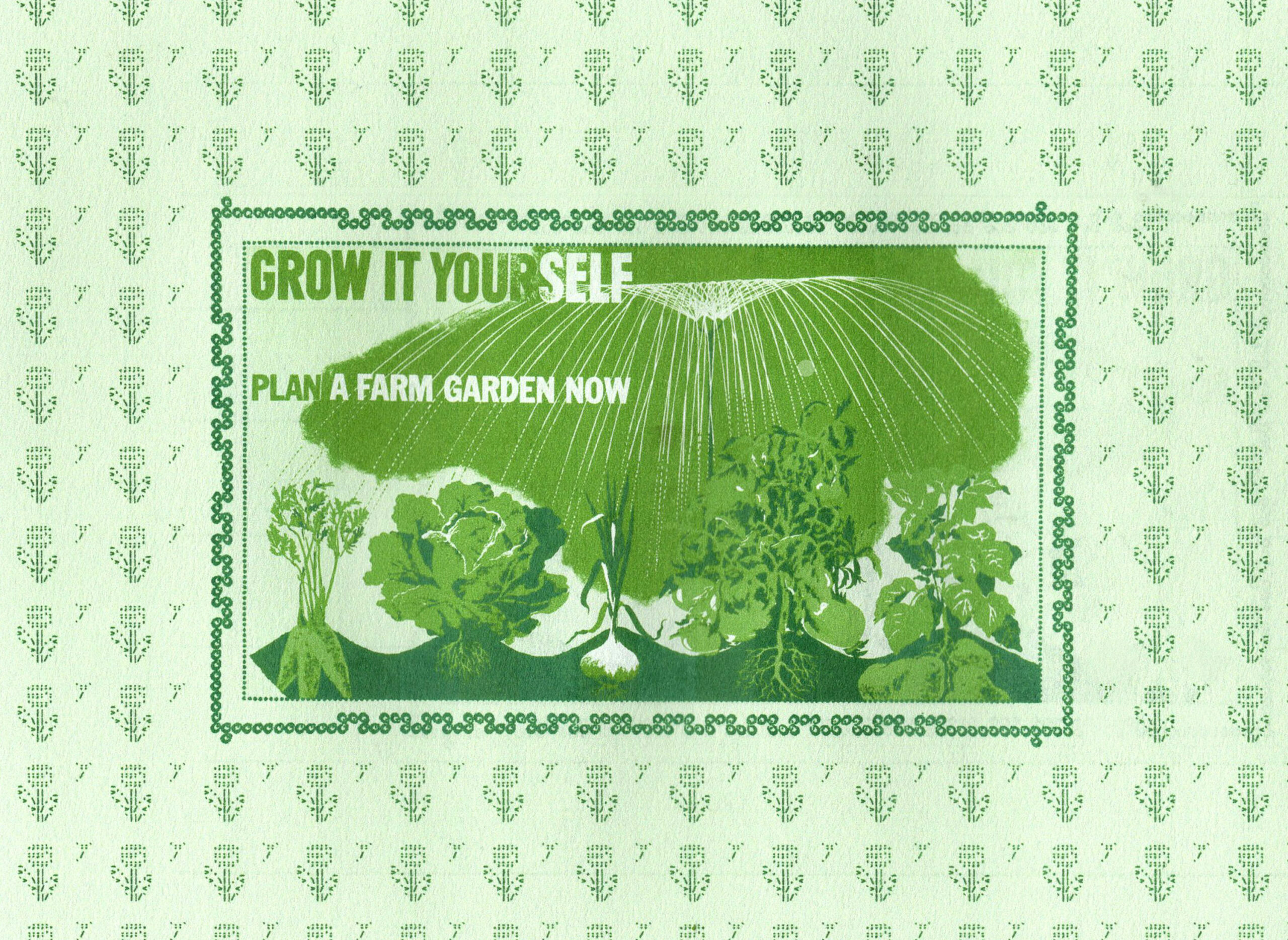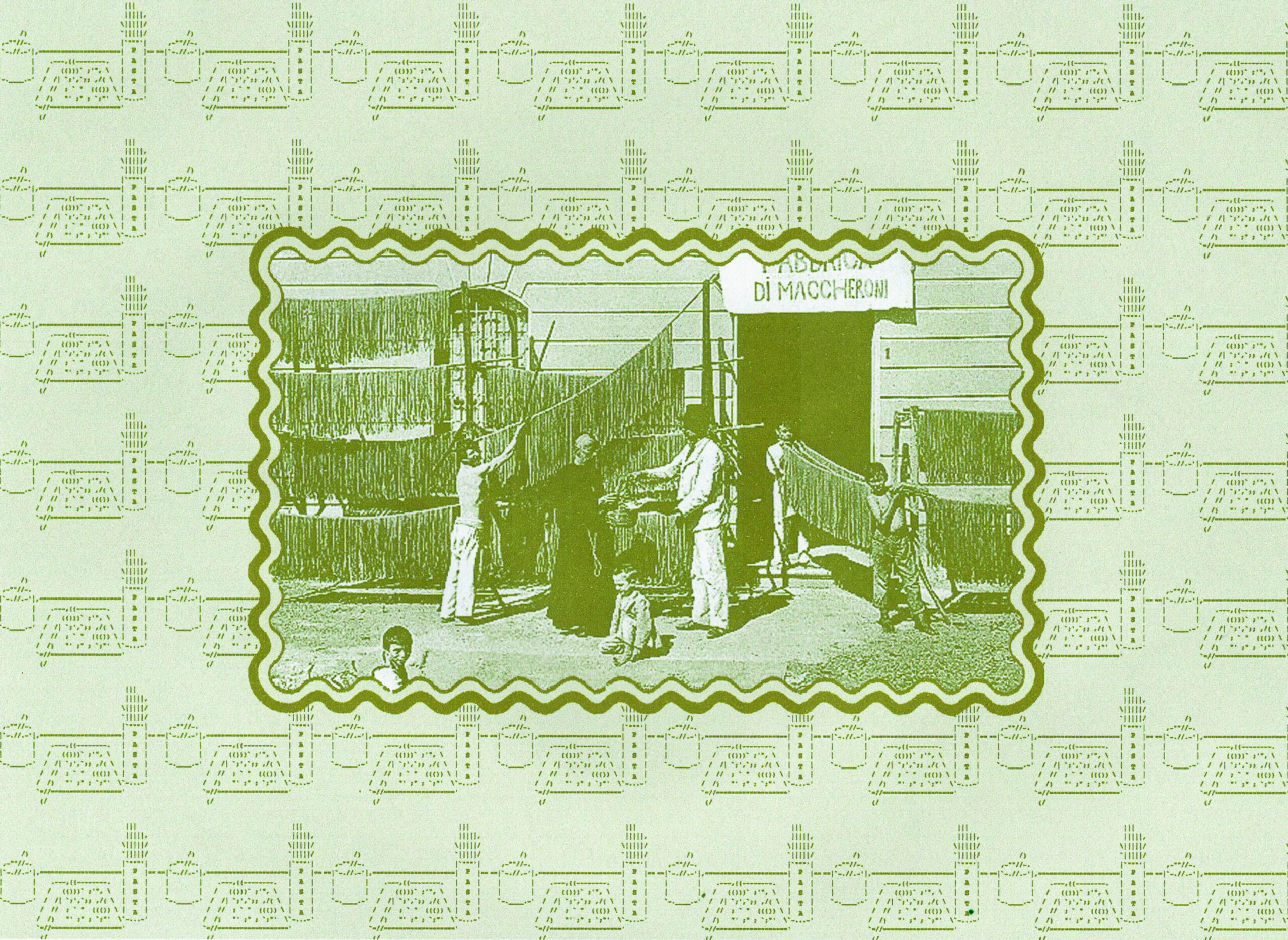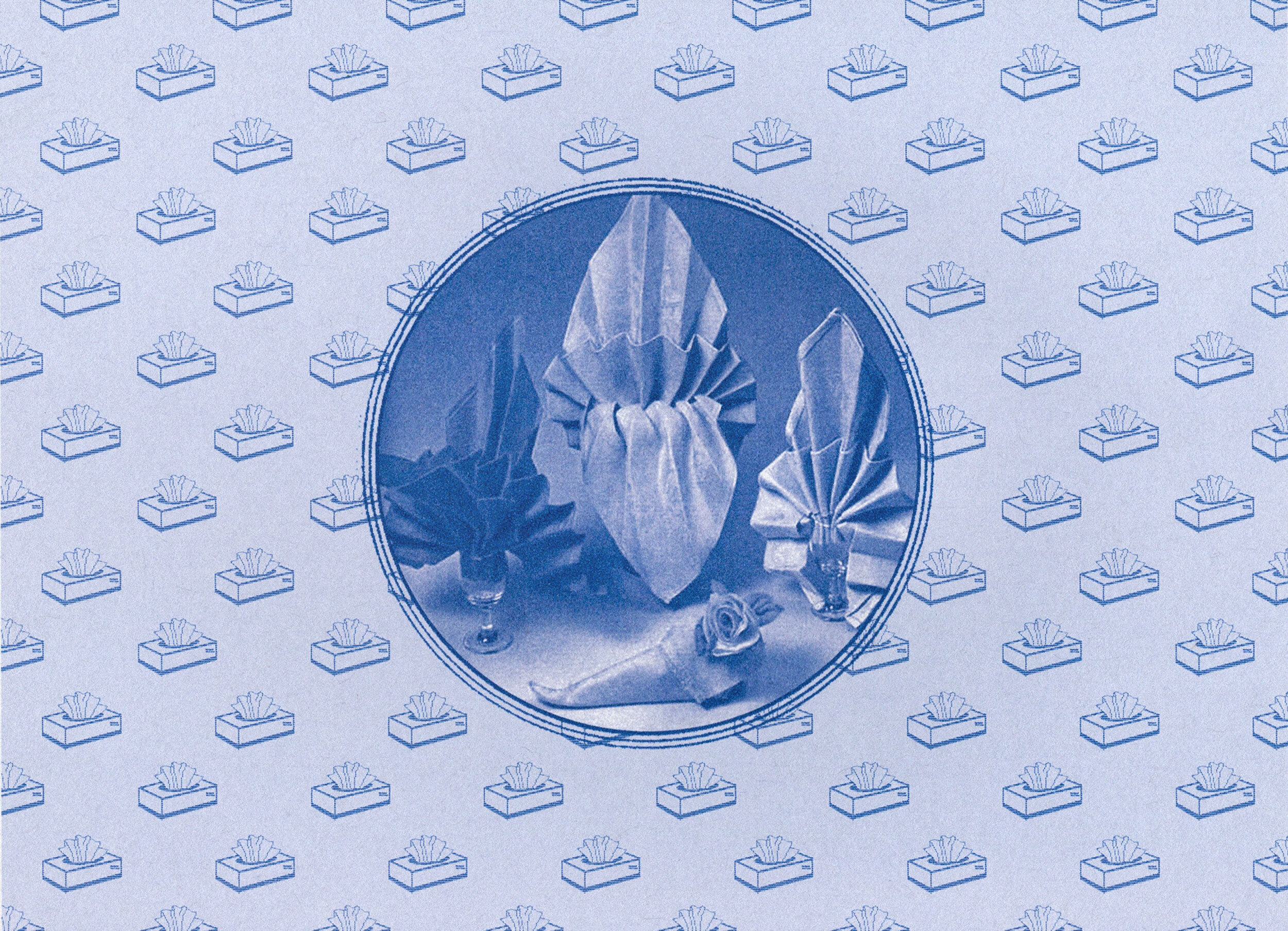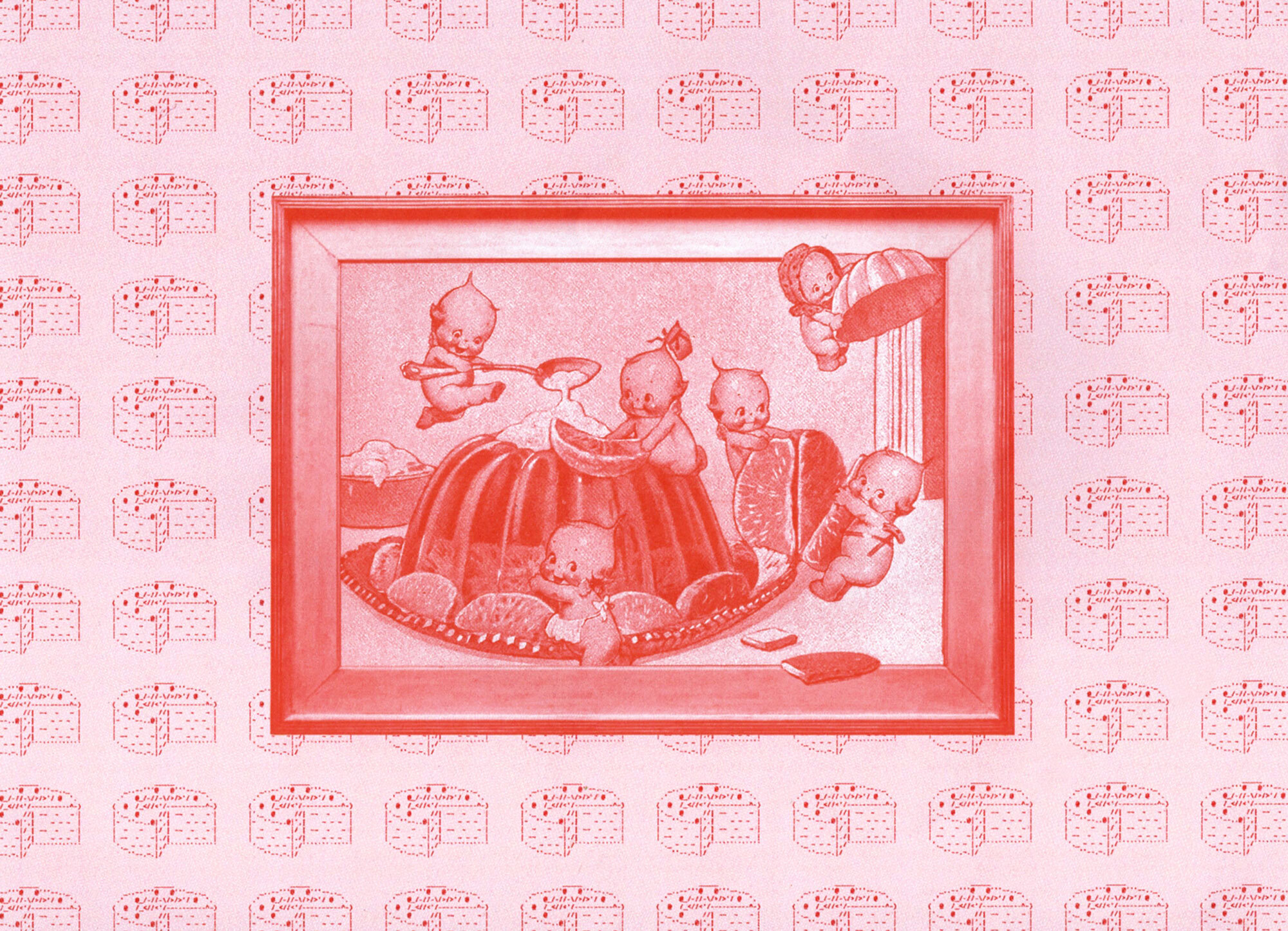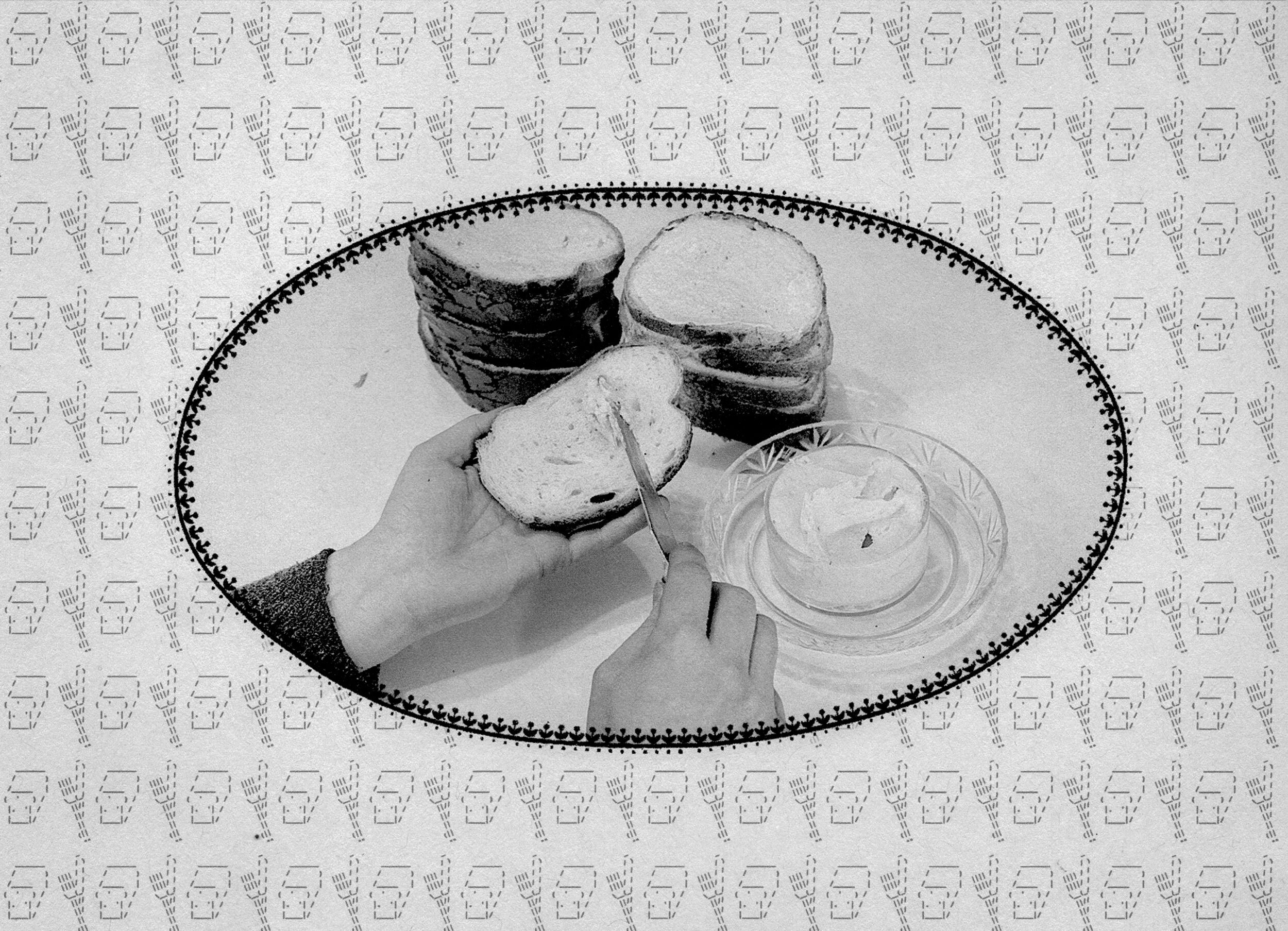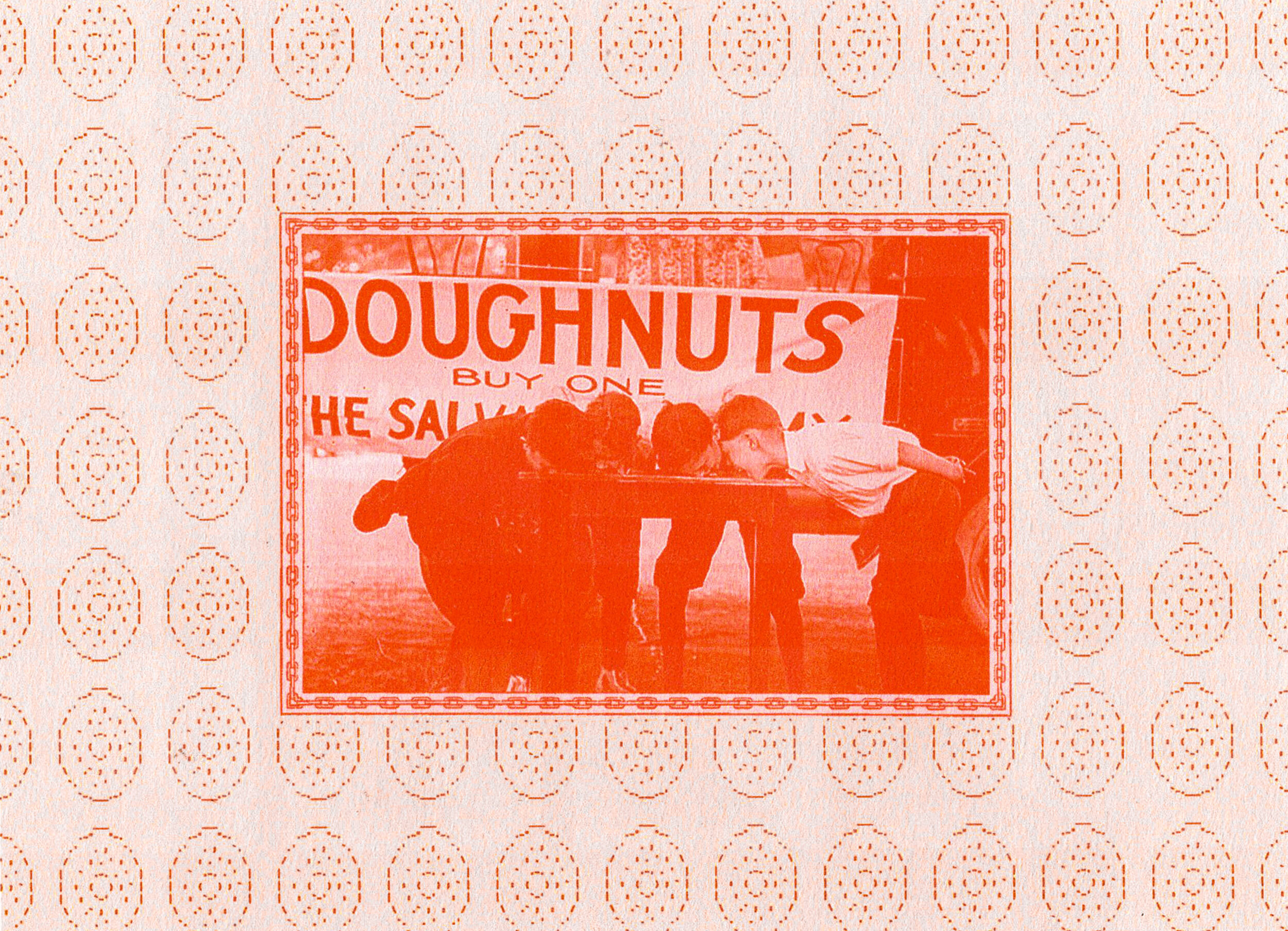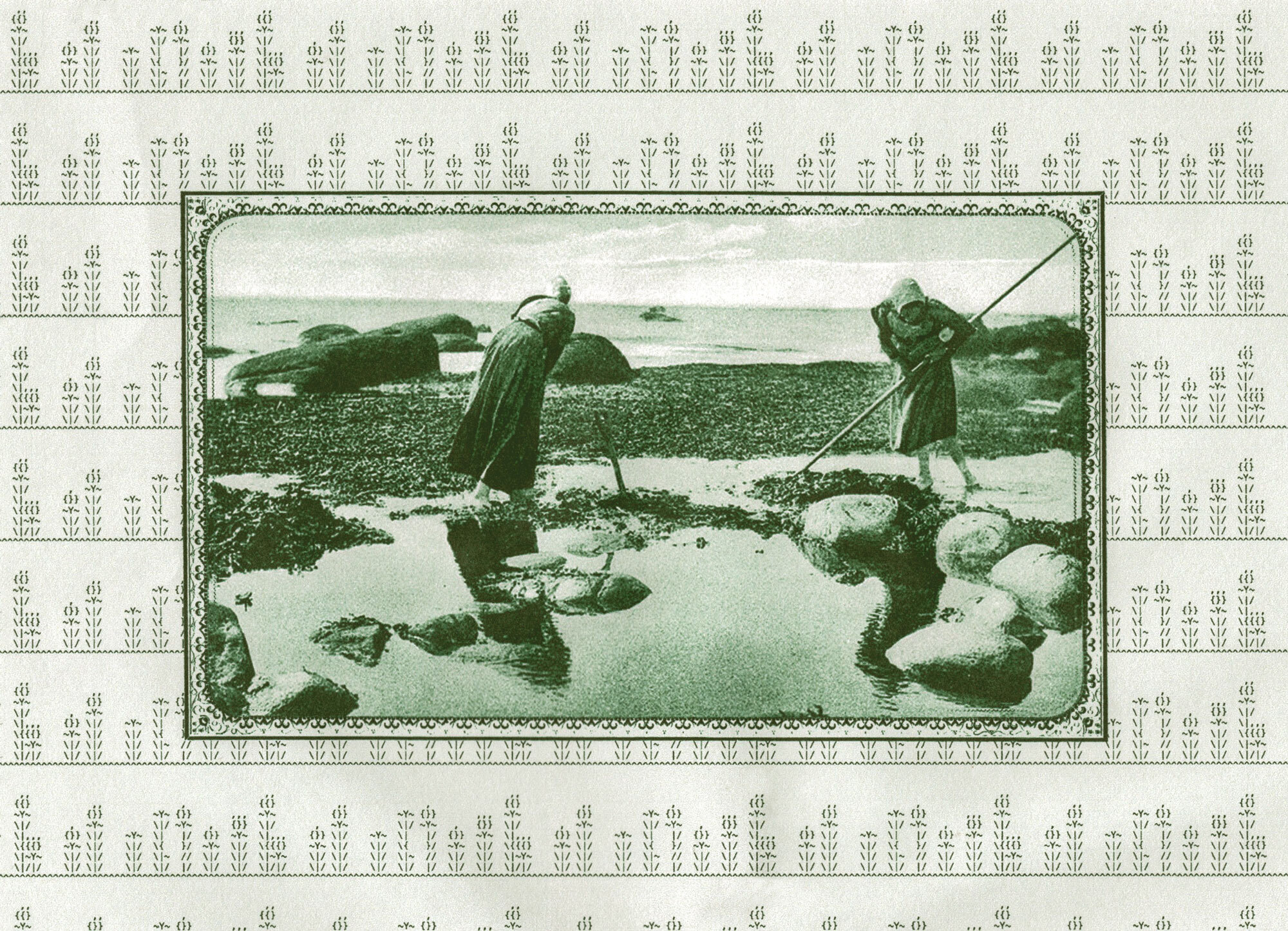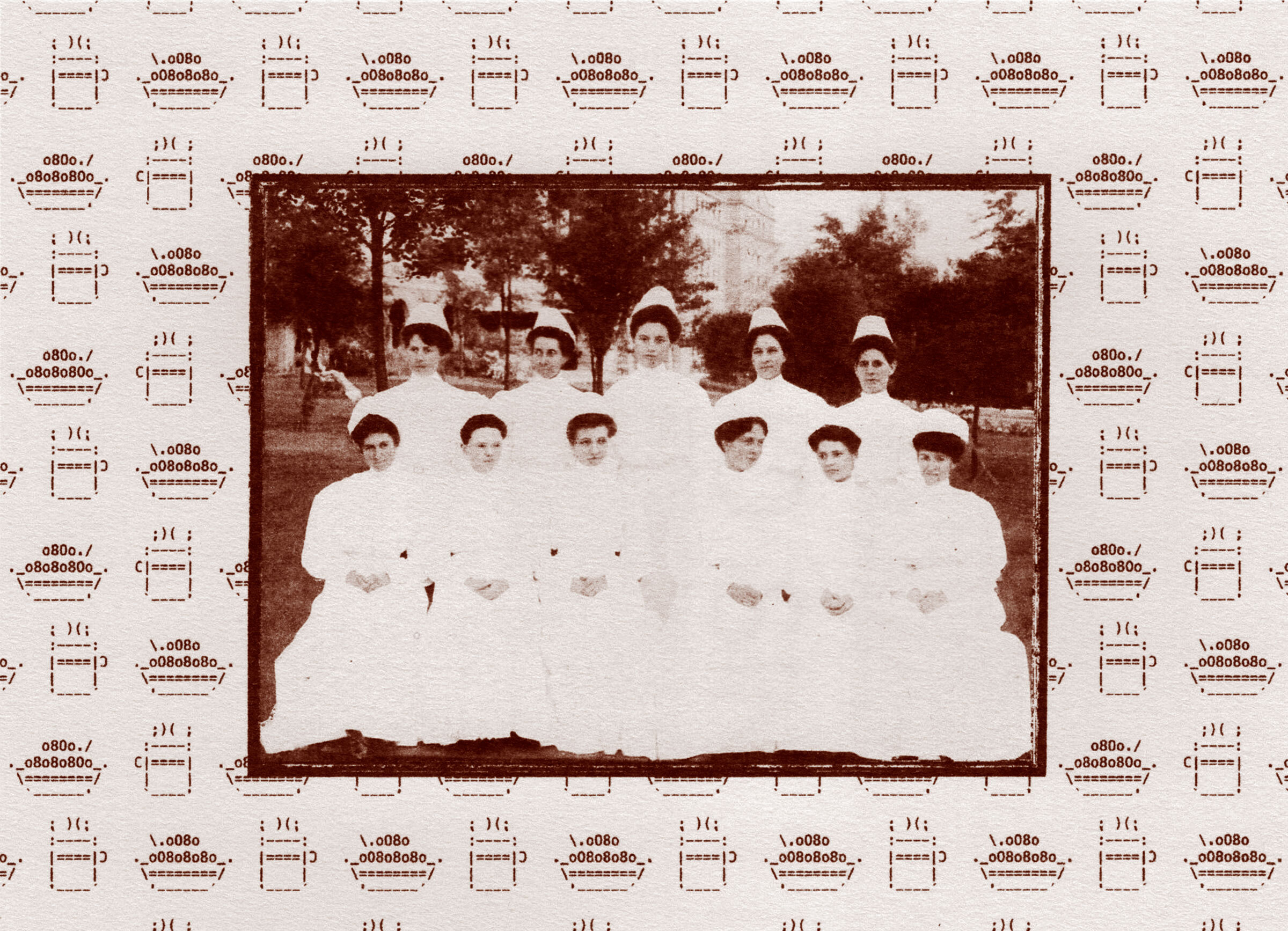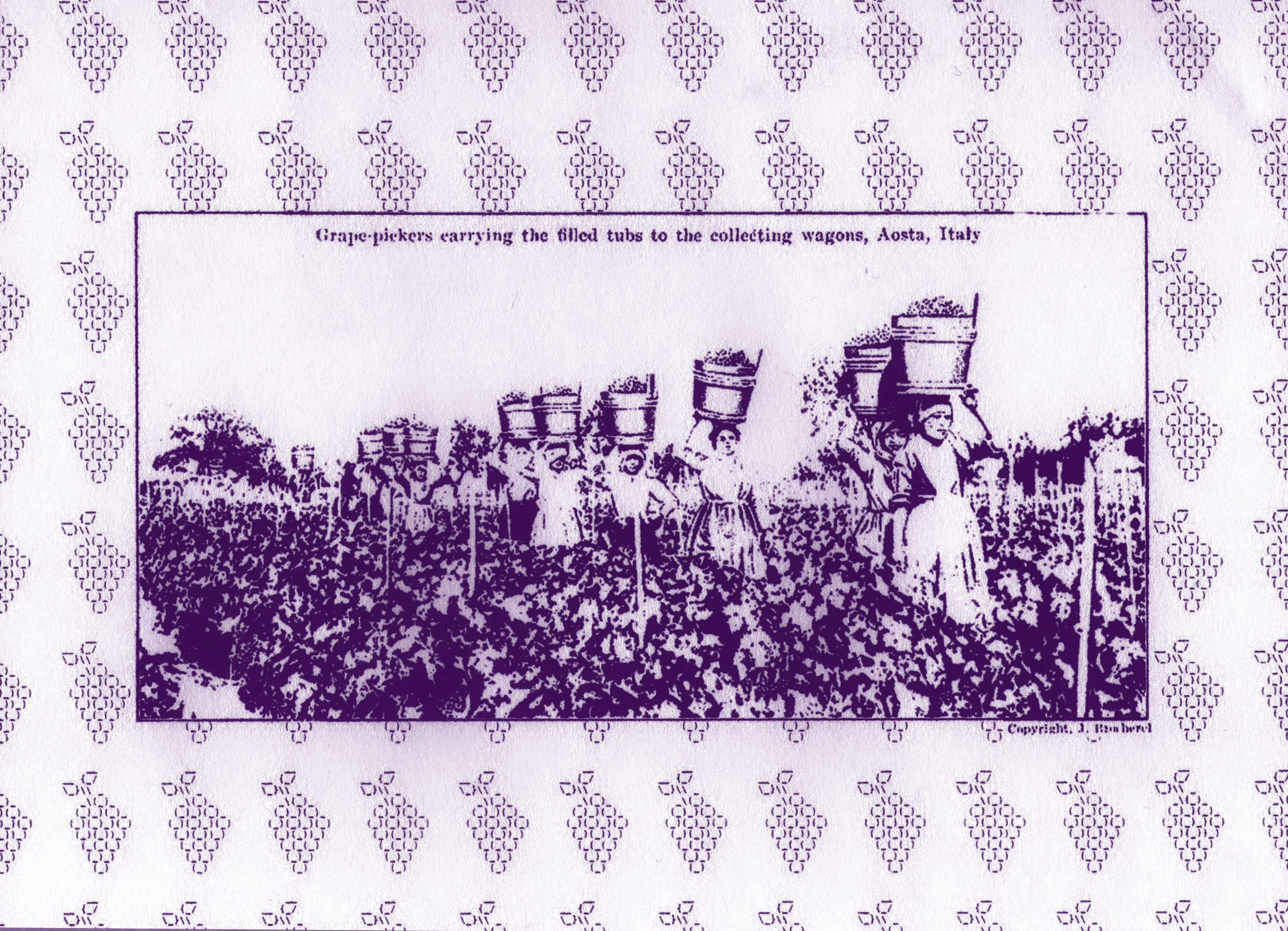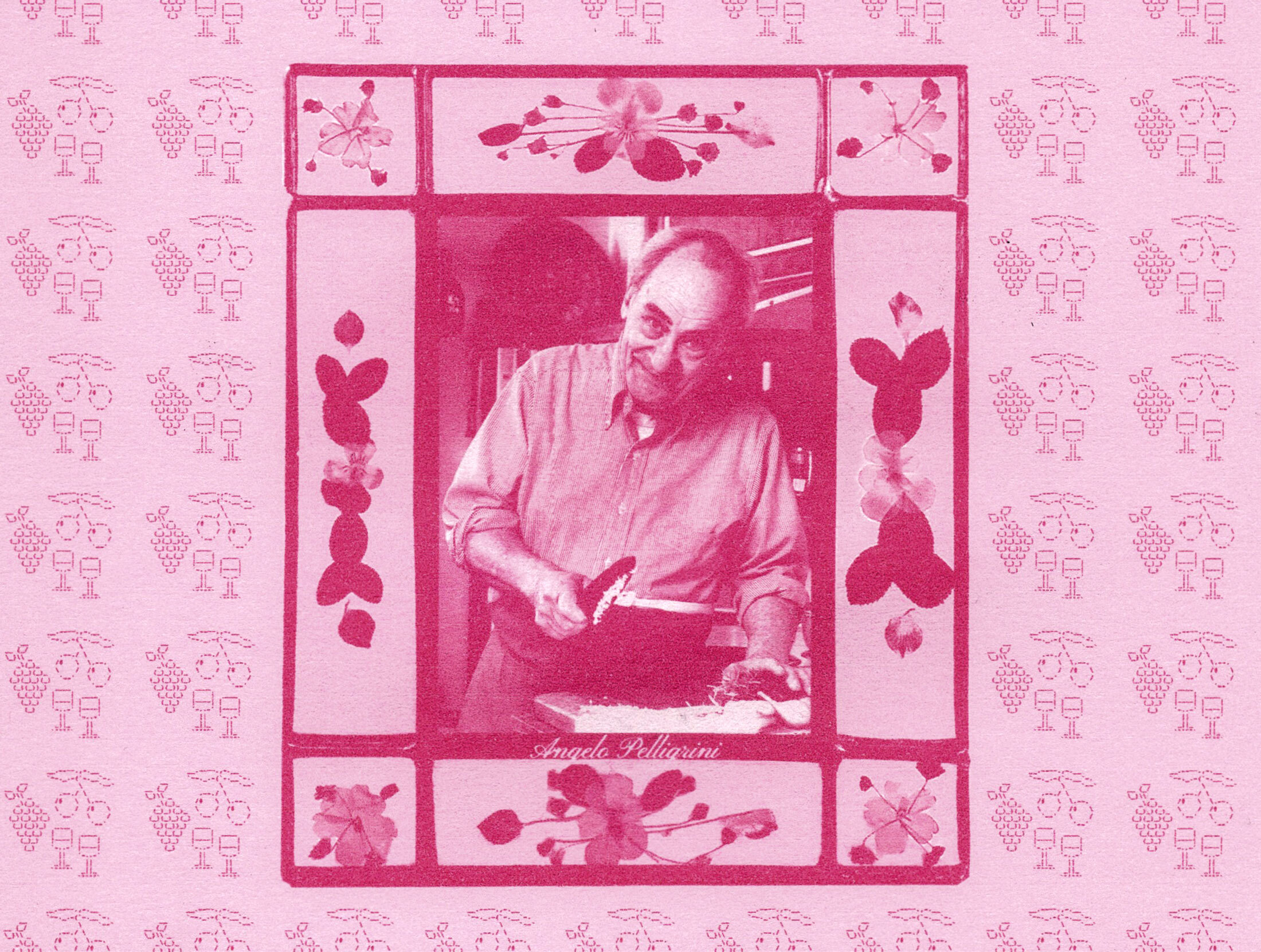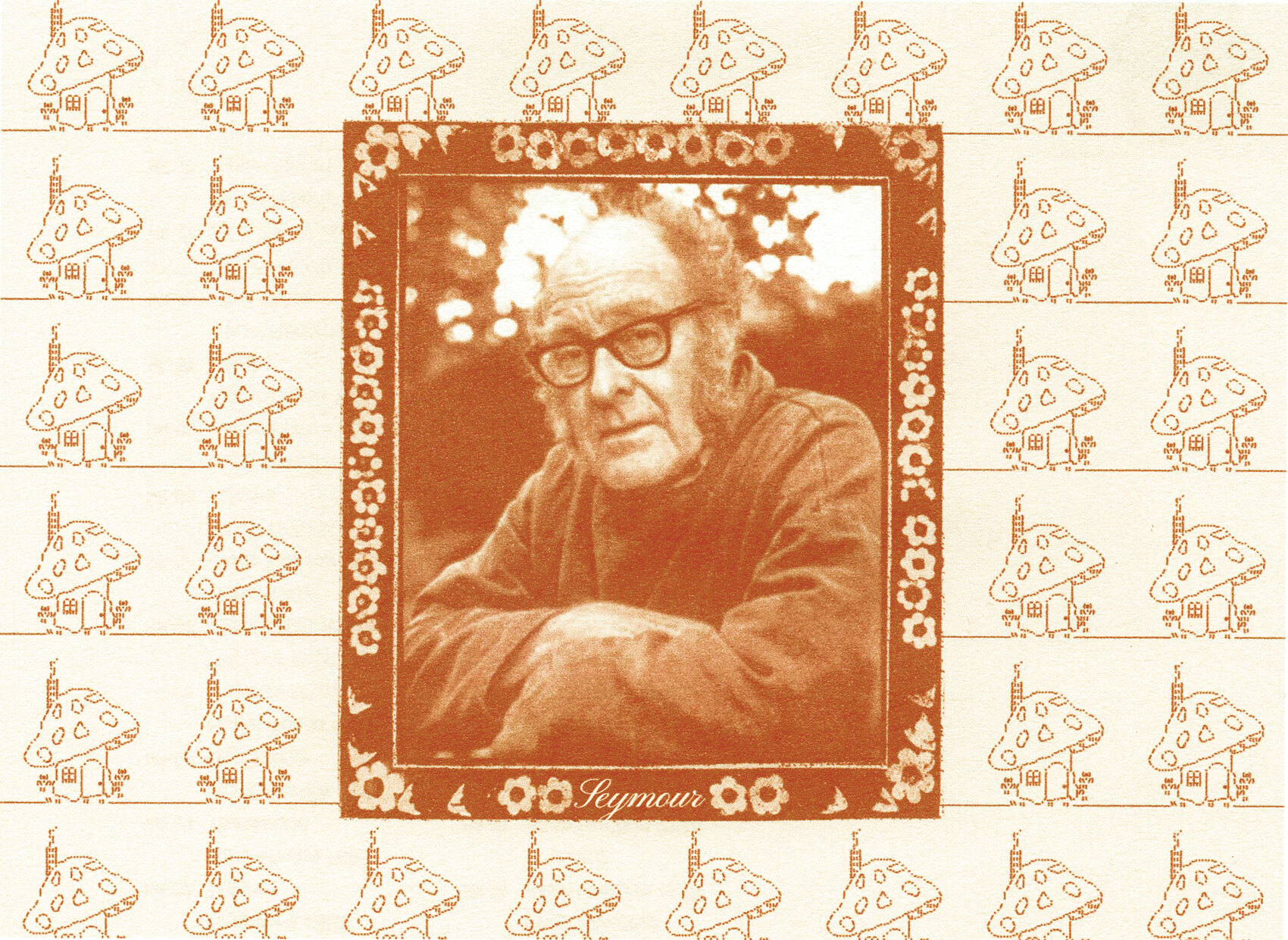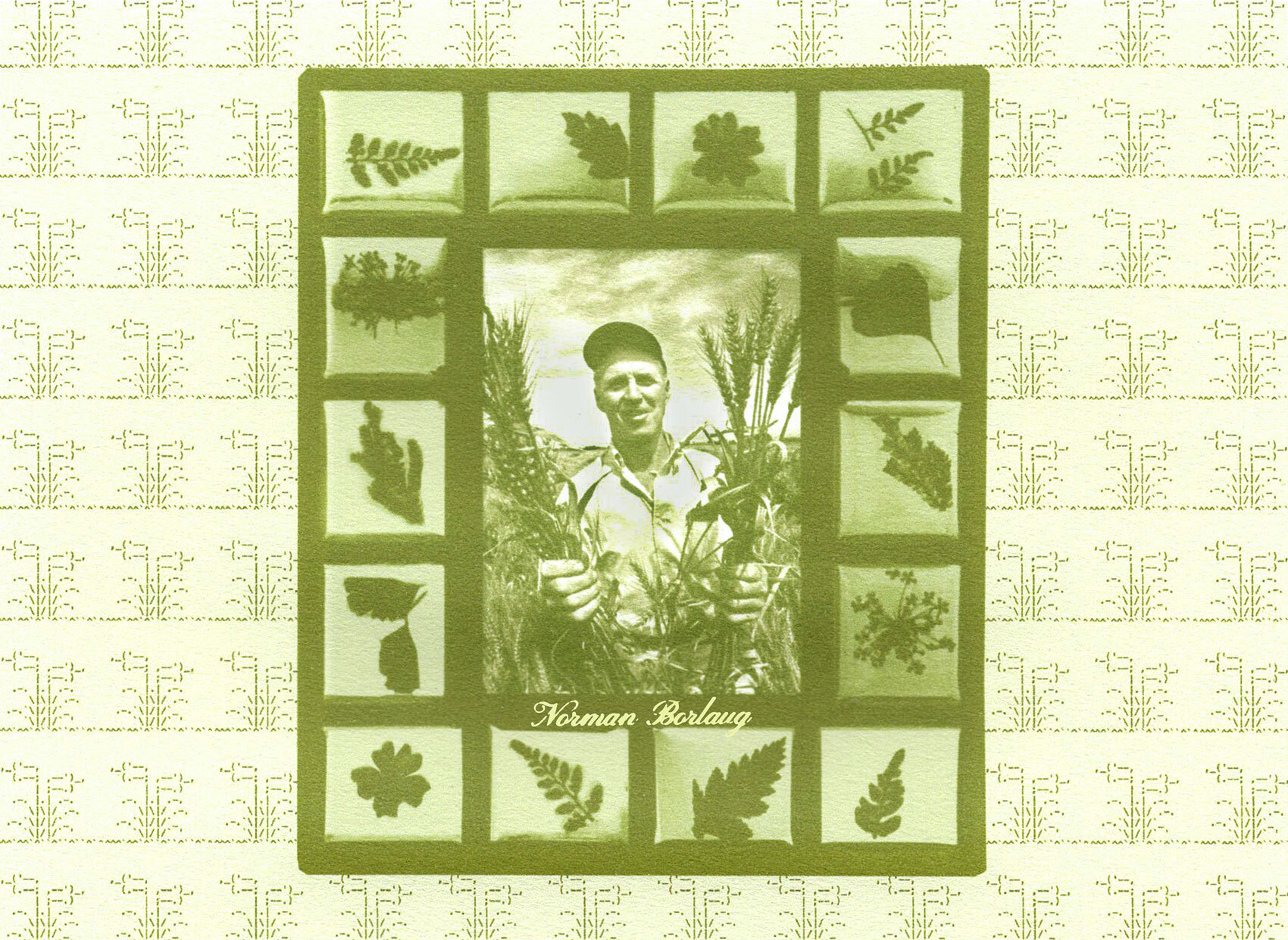Amid current culinary (and sartorial) trends, it is difficult to believe that the tomato was ever shunned. Despite having a historically bad rap in the west, the United States are now one of “the largest commercial producer(s) of tomatoes”.1 Chaos hit the United Kingdom this year as tomato shortages forced supermarkets to introduce limits on quantities of the fruit that customers could purchase. Irregular weather conditions in Europe, energy price increases and Brexit all fell to blame.2
Tomatoes are now consumed all over the world and are a staple of many kitchens – but they weren’t always so admired. For hundreds of years, tomatoes were considered strange, suspicious and even poisonous in the States and areas of Europe, due to being a species in the “nightshade” family of plants, Solanaceae. Many plants in this family have poisonous qualities due to their production of toxic alkaloids – including tomatoes, potatoes and eggplant – although we now know that these substances are found in specific parts of the plants such as flowers or unripe fruit.
- 1. Andrew Smith, The Tomato in America: Early History, Culture, and Cookery (Columbia: University of South Carolina Press, 1994), ix.
- 2. Stacey Vanek Smith, ‘Let them eat…turnips? Tomato shortage in UK has politicians looking for answers’, NPR, March 1 2023 https://www.npr.org ; ‘Tomato shortage: How far is Brexit to blame?’, BBC, March 3 2023 https://www.bbc.co.uk/news/64762429
Potatoes and eggplant were also once viewed with suspicion before finding their place in our kitchens, but the tomato had to work a little harder for approval – sinister nicknames such as “poison apple”, “devil’s fruit” or “globes of the devil” didn’t do much for its reputation. The first known reference to a tomato in Europe appears in a herbal (a book documenting names, descriptions and uses of plants) dated from 1544, in which Italian herbalist Pietro Andrae Matthioli describes mala aurea (“golden apples”) as “green at first and when ripe of a golden color”.3 Matthioli classified these golden apples with the mandrake plant, another member of the nightshade family that contains toxic alkaloids with hallucinogenic effects. Today, the Italian word for tomato, pomodoro, or pom o’doro, also translates to “golden apple”.
In order to understand what took us from tomato fear to Tomato Girl Summer, it’s necessary to look at how messaging around the tomato has shifted across the past few centuries. In a story that spans legend, religion, health and eventually, flavor, we are able to trace how our behaviors and beliefs have changed to accommodate for this once terrifying fruit.
- 3. Smith, The Tomato in America, 12.
TOMATOES ON TRIAL
There are several possible hypotheses around how tomatoes were first introduced into the American diet. The English word tomato originated from the Aztec tomatl, which aptly translates to ‘swelling fruit’. But the real entertainment comes from the apocryphal story of the Salem Tomato Trial – a city already put on the map for its accusations of witchcraft in the late 17th century. According to legend, farmer and horticulturalist Robert Gibbon Johnson caused a scene by eating a basket of tomatoes at the Old Salem County Courthouse in 1820 in his efforts to prove to the public that tomatoes were not poisonous and were in fact, delicious.
This has been credited by many publications as the introduction of tomatoes to the American diet. However, in The Tomato in America: Early History, Culture, and Cookery (1994), Andrew Smith notes that there are more than 500 versions of a ‘tomato introduction story’ from across America, often claiming that an individual reassured the public of the tomato’s safety as an edible plant – either by eating the fruit and miraculously surviving, or acquiring seeds or plants from overseas.
Smith writes that “no reference to the tomato in Salem has yet been located in any primary source prior to the mid-1830s.”4 In an attempt to trace the origins of the story, Smith found that the account had been re-published and elaborated on time and time again from the early 1900s. It is most likely that the Salem Tomato Trial legend was inspired by the existing evidence of religious hysteria in the region following the “witchcraft craze” that resulted in the Salem witch trials – a concept only strengthened by the skepticism around the tomato’s supposedly poisonous qualities, at a time when the supernatural or “the devil” was used as an excuse for pretty much anything unexplained.
For a period of time in the 1980s, residents of Salem celebrated an annual Robert Gibbon Johnson Day, during which a reenactment of the legend would be performed. The anecdote has been dramatized so much that in 1988 a Philadelphia television station covering the city’s reenactment “declared that Johnson ate the first tomato in America”.5
- 4. Smith, The Tomato in America, 5. 5. Smith, The Tomato in America, 5.
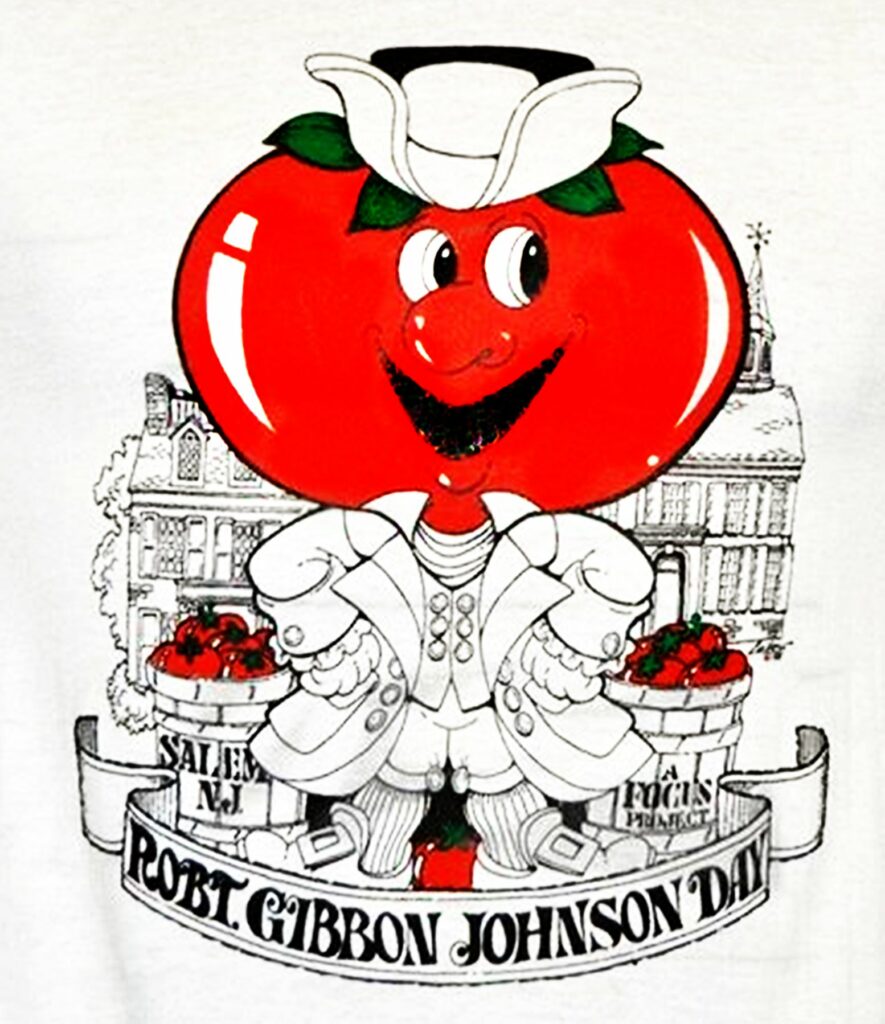
We may never know the name of the first person in America to bite into a tomato, apple-style, to the horrified gasps of onlookers, but there is plenty of documentation that helps us to understand how tomatoes grew in favor, and flavor.
TOMATO MANIA
The 1830s saw the demand for tomatoes increase across America, in what has been described as “tomato mania”. Due to widespread fears of their poisonous qualities, tomatoes had been grown mostly as ornamental plants in the USA and northern Europe, and weren’t consumed commonly until at least the 19th century.
However from the 1820s to the early 1830s, there was an uptick in published articles and recipes celebrating the tomato across “cookbooks, gardeners’ calendars, seed catalogues…medical journals, agricultural periodicals…newspapers and magazines”.6 This impending mania seemed to be driven by a public interest that has fueled many a food craze in history: health. Dr. John Cook Bennett, a less-than qualified doctor from Massachusetts, spent the 1830s raving about the medicinal benefits of tomatoes, including that they could be administered to treat diarrhea, dyspepsia, travel sickness, and to prevent cholera.
- 6. Smith, The Tomato in America, 132.
Andrew F. Smith“That the tomato was the most healthful vegetable was a surprise to most Americans, and it was therefore newsworthy.”
Although most of his claims were not medically accurate, Bennett’s campaign did help to popularize the consumption of tomatoes in America, and advocate for them as a healthy fruit. In many publications, his claims were ridiculed and labeled “quackery” (American Agriculturalist). But of course, it wasn’t long before several inventors were using Bennett’s claims to sell ‘cure-all’ tomato pills made out of tomato stalks and leaves, or the fruit itself.7
- 7. Smith, The Tomato in America, 135-6.
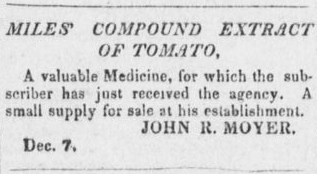
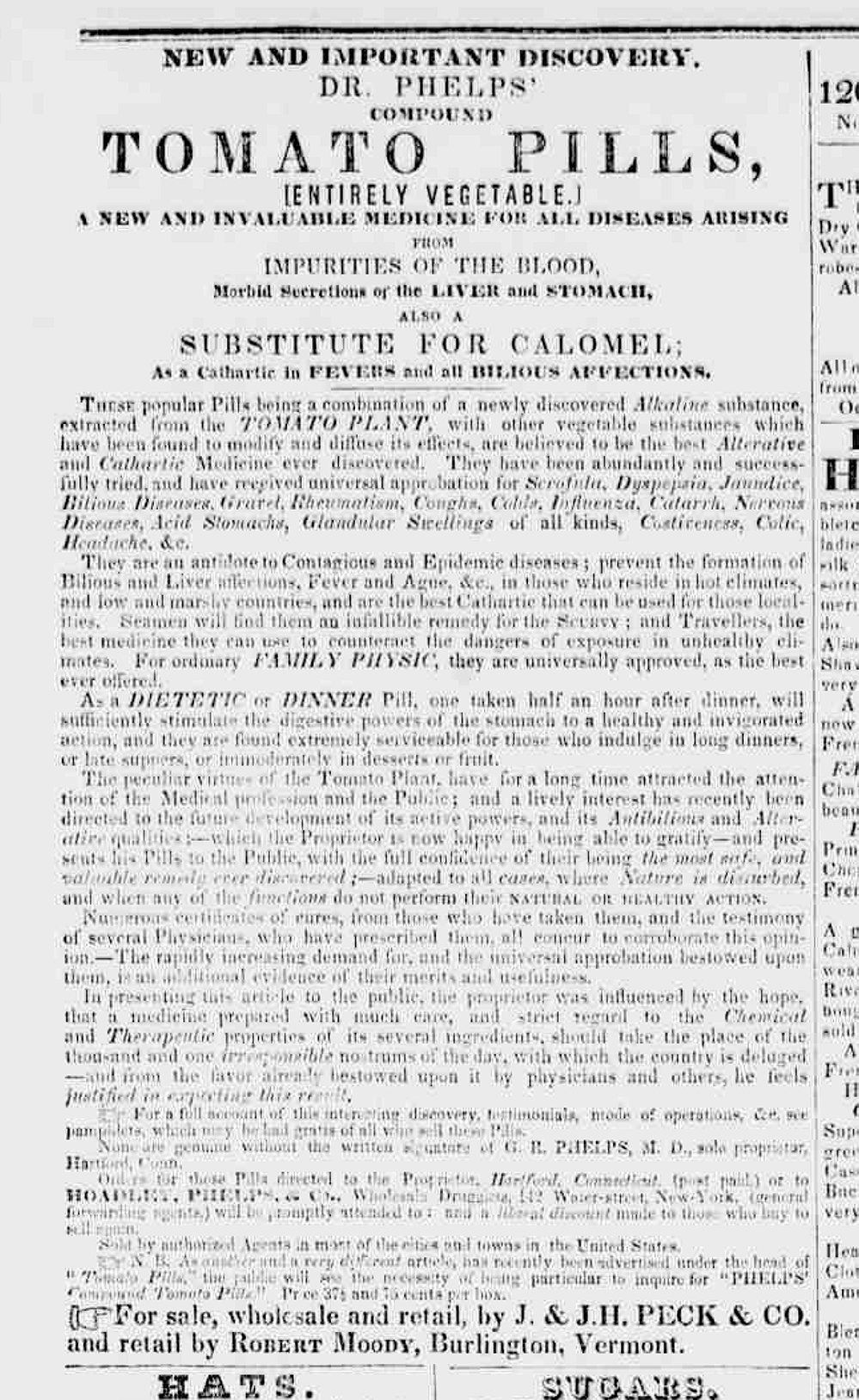
The tomato was becoming fashionable, and was recommended in all manner of recipes and cures, from main courses to desserts, condiments to drinks—which of course led to the increase in tomato growing both in homes and on a commercial scale. In Tomato Raising in Common Gardens (1870), Horace Taylor, writing ‘from fifteen years personal experience’, guides readers in great detail how to sow and grow the best tomato plants. However, the author makes no mention of harvesting the fruits, eating them, or their flavor—perhaps because tomatoes were still evolving from ornamental plant to medicinal, and had not yet reached culinary status.
Horace Taylor“We think tomatoes are best described by the color, size, shape, and smoothness of their surface; by the solidity of the meat or pulp; by their earliness, and some kinds by their leaves.”
In one section Taylor details the problems with ‘tomato worms’ (likely referring to the five-spotted hawkmoth) and the ‘scare-crow stories in the papers’ that warn of the worms being poisonous – providing an insight to the fears around poison that still seemed to plague the minds of the tomato-consumer.
In the same year, Alexander Livingston, an Ohio ‘seedsman’, developed what was considered the first reliable and commercially successful tomato variety – the Paragon tomato. In the modestly-titled Livingston and the Tomato (1893), the author describes, in 64 chapters, the tomato varieties he has developed, best growing practices and recipes. The recipes all involve the tomato as a centerpiece, and include Tomatoes for the Sick (“if you don’t like tomatoes try to learn to eat them”), Tomato Custard (“four eggs, one quart of milk and one cupful of sugar: add one pint of tomatoes”) and Sliced Tomatoes (“may be served with a Mayonnaise salad-dressing”).8
- 8. Alexander Livingston, Livingston and the Tomato (Columbus: A.W. Livingston’s Sons) 137-140.
Alexander Livingston“I do not believe, that the full use to which tomatoes can be put, has as yet been attained.”9
- 9. Livingston, Livingston and the Tomato, 157.
A NEW TOMATO MANIA?
Since the 19th century, the tomato has only secured its place further as fresh, flavorful, and one of the most favored fruits and vegetables across the world. From the legend of the Salem tomato trials, to Bennett’s pseudo medicine, tomatoes have clearly captured our intrigue for centuries.
Are we now in the midst of another tomato mania? The emergence of this year’s Gen Z trend, “tomato girl summer” seems to concur. The online style trend romanticizes an effortless, European lifestyle through clothing choices and scenic photographs, cooking and eating Mediterranean food—including the fruit of the hour, the tomato. According to Aesthetics Wiki, key elements of the aesthetic include “sun-kissed skin”, “dressing up like an ‘Italian grandmother’” and “wandering through farmers’ markets”.
An article on Today explains the trend as, “girl dinner meets the Mediterranean diet”. 10Spanish fashion house LOEWE has recently released a range of home fragrances including a Tomato Leaves scented candle, room spray and incense (the miracle Tomato Pill of the modern day). The evolution of the messaging and connotations of the tomato suggests that now, the mere mention of the word can evoke a feeling, a lifestyle, a ‘look’. A search of the term ‘tomato girl summer’ on Instagram returns thousands of posts, from make-up tutorials to interiors, styled food still lifes to recipe videos. Perhaps there really is a suspicious substance within the tomato, that drives us to obsession—from a poison, to a cure-all medicine, and now, the answer to a 21st century way of living.
- 10. Sophie Caldwell, ‘What is ‘Tomato Girl Summer’? Inside the TikTok viral style trend’, Today, July 24 2023 https://www.today.com/style/tomato-girl-summer-meaning-rcna95630
